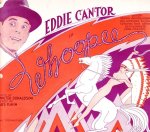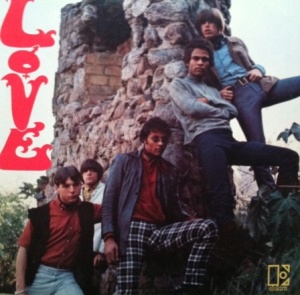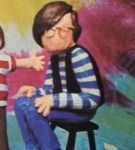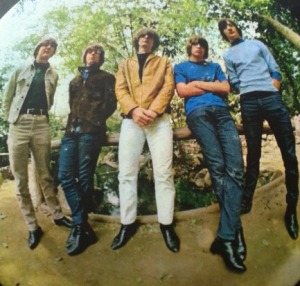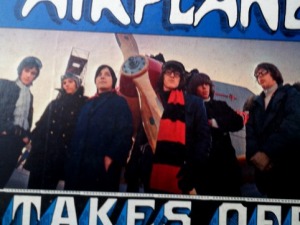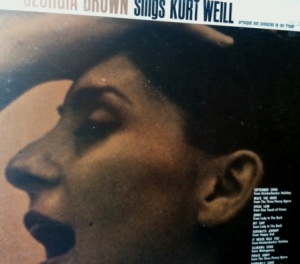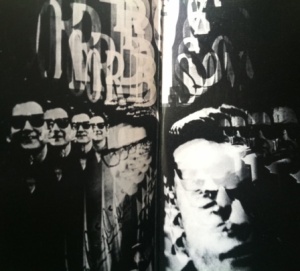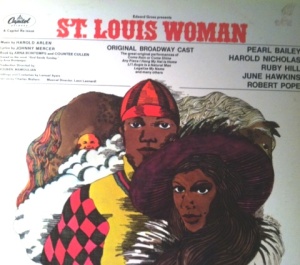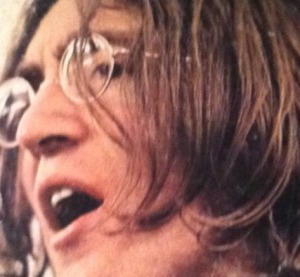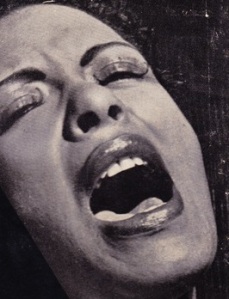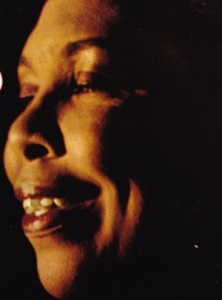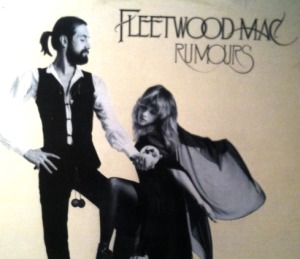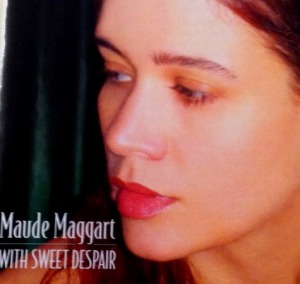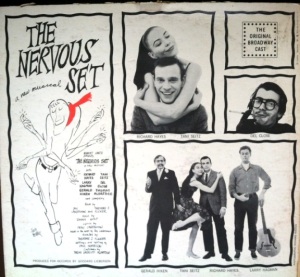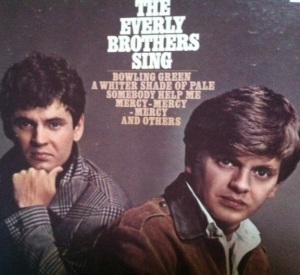
Labor Day Weekend. A celebration of the workforce and a holiday for government, school, and office workers. Most of the folks that do the hard work, though—the construction workers, the retail clerks, the laborers—will be putting in a full Labor Day.
White collar workers and their bosses have never been treated very favorably by pop music songwriters. It’s the “Working Class Hero” who’s “something to be.” But in the world of popular music, office workers are poor trapped saps and the mucky-mucks who boss them around are heartless and soulless, or worse: boring.
During the sixties, there was a lot of examination of the business world. One top-forty song that chided the establishment business drudge was The Kinks’ #13 hit from 1966, “A Well Respected Man.” He’s a 9-to-5:30-er who “gets the same train every time, ‘cause his world is built ‘round punctuality.” The song is one of many Ray Davies wrote about conformity and class. Another Ray (Stevens) delivered the 1968 hit “Mr. Businessman,” an over-the-top diatribe against a go-getter who worships money over family and the roses he doesn’t stop to smell. These songs fit right in with their time.
The world of business, however, has never had more entertaining and damning treatment than How to Succeed in Business without Really Trying, Frank Loesser’s 1961 musical based on the non-existent book of the same name. This show, the fourth musical to win a Pulitzer Prize, lampoons many aspects of office life via the World Wide Wicket Company, with songs like “The Coffee Break,” “A Secretary Is Not a Toy,” and “The Company Way.” My favorite is “I Believe in You,” which is a love song, but one that’s sung by our narcissistic hero into a company washroom mirror. How to Succeed… ran on Broadway for 1,417 performances, a huge success. New York drama critic Walter Kerr, quoted in Opening Night on Broadway, wrote that the show was “crafty, conniving, sneaky, cynical, irreverent, impertinent, sly, malicious, and lovely, just lovely.”

The musical and the successful movie that followed it starred Robert Morse as J. Pierpont Finch, the upward-striving, back-stabbing businessman negotiating his way through a world of favoritism and wheeling and dealing. Robert Morse, of course, decades later was a regular character, the ad agency’s co-owner, in a show set in the world of the ad business, Mad Men.
The Who, with their album The Who Sell Out (1967) were apparently parodying their own experience “selling out” to advertising. Robert Christgau wrote that The Who Sell Out was a better concept album than Tommy or Quadrophenia (and why isn’t it spelled Quadrophrenia?), and Rolling Stone named it the best concept album ever. Not much of a concept, in my opinion, since the songs range from “I Can See for Miles” to “Boris the Spider.” But the disparate songs are connected by faux radio station IDs and commercial jingles and announcements for real brands: Odorono, Heinz Baked Beans, Medac.
Nearly four decades later, a musician pal suggested to Petra Haden that she remake the album vocally. And so, using a Tascam 8-track recorder, she did just that—track for track, including the jingles and commercials. It’s all Petra’s voice: the vocals, the guitars, everything. She even restages the cover photo fake ads, with herself as Pete, Roger, Keith, and John. I think it’s pretty wonderful. Maybe a little precious, but quite adventurous. It’s called Petra Haden Sings The Who Sell Out (Bar None, 2005). Pete Townshend liked the result. When someone gave him a copy of Ms. Haden’s album, he said getting it was better than getting a Grammy.

The Who, Petra Sell Out
Petra Haden is the daughter of bassist Charlie Haden, who was a member of the groundbreaking Ornette Coleman group that ruffled so many jazzer feathers when their album Something Else appeared in 1958. Petra is a triplet, and has performed and recorded with her siblings as The Haden Triplets.
There were some post-sixties hits that looked at the white-collar life. Harry Chapin’s only #1 hit, “Cat’s in the Cradle” (1974), continues “Mr. Businessman”’s scold for those who choose work over everything else, as does the 1981 Lee Ritenour song “Mr. Briefcase,” which was written and sung by local Dallas musician Eric Tagg in 1981. And Dolly Parton not only wrote and sang “9 to 5” for the 1980 comedy about the poor treatment of women in the workplace, but also starred in the movie—her first big film role.

Randy Newman, Born Again
Randy Newman’s 1979 album Born Again was one of his weakest (but it does have a wacky cover–corporate Randy sporting KISS-style dollar signs). It contains the first-person boast “It’s Money That I Love,” about a shallow life dedicated to raking in the dough, also the idea behind his 1988 hit “It’s Money That Matters.” Born Again also features the vicious “Mr. Sheep,” which derides the title character: “Golly mister, where you going? / You’ll be late for work / Careful or you’ll drop your briefcase / Jesus, what a jerk.” And speaking of jerks, Randy…
Thirty years ago, I came up with a song called “Brown Nosin’” for a character to sing in a musical I co-wrote. The character, Rex, sang about how he’d rejected the life of a corporate hack in order to live, his own man, on the street. Within a year of writing that song, I was working for a retail chain where I remain all these decades later, a corporate hack. Ah, well, c’est la vie.
At the time I wrote “Brown Nosin’” I had no knowledge of corporate life beyond my dad’s job as a CPA for a big oil company. My mother, after hearing the song on opening night of the musical, gave me a smirk and said, “You wrote that to make fun of us, didn’t you?” She laughed, but I knew she was hurt.
Years later, after I’d been among the corporati for years, my mom started urging me to paint, to write, to get into something more creative. By that time, I had a family and felt like I had to stay in my straight job, making music on the side. With the song, I was really making fun of myself and what I suspected was in my future.
Honorable Mention: Singer-songwriter R.B. Greaves’ biggest hit, “Take a Letter, Maria,” describes a businessman who has learned that his wife has been unfaithful to him. He’s dictating a letter to his secretary Maria that will be sent to his wife. “Say I won’t be comin’ home. Gonna start a new life.” By the end of the song, Mr. Businessman is considering other possibilities for his secretary.
R.B. must’ve been unlucky in love. His only other top-40 song was a cover of the Burt Bacharach-Hal David song “Always Something There to Remind Me,” a song about being rejected and unable to forget. There were many covers of the song, but the biggest hit was synth-pop band Naked Eyes’ 1983 version.
Bacharach and David specialized in breakup songs, with “Make It Easy on Yourself,” “Walk On By,” “Promises, Promises,” “Anyone Who Had a Heart,” and many more.
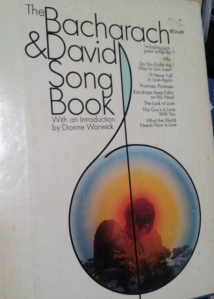
Any songs of office life you’d suggest?
